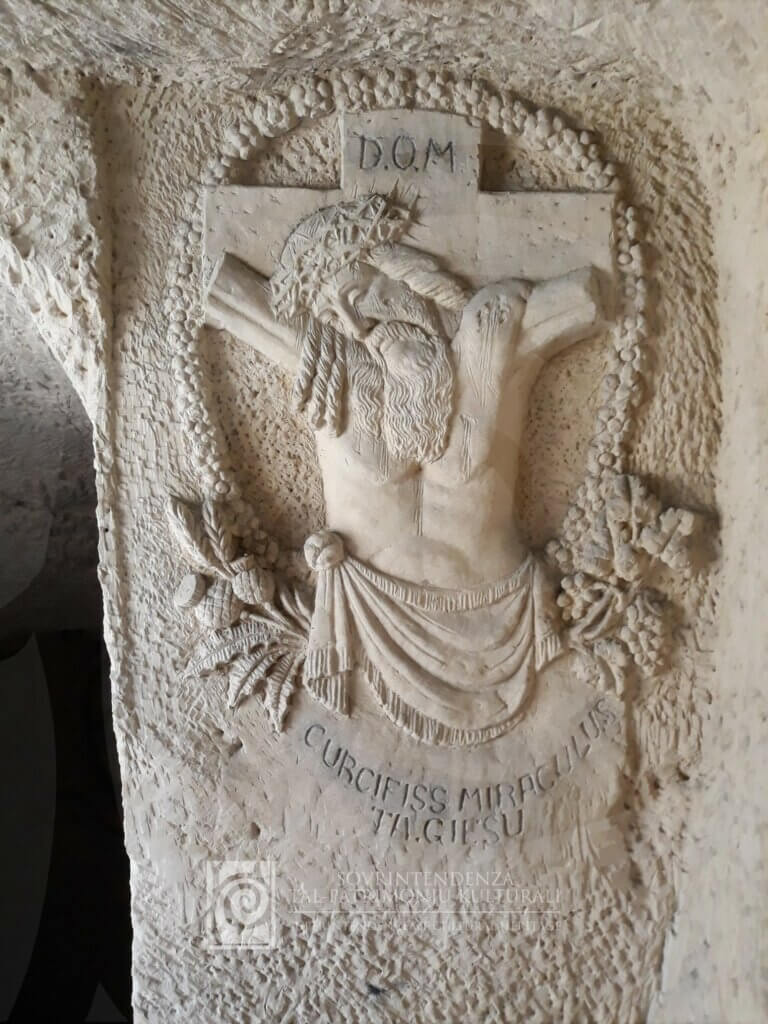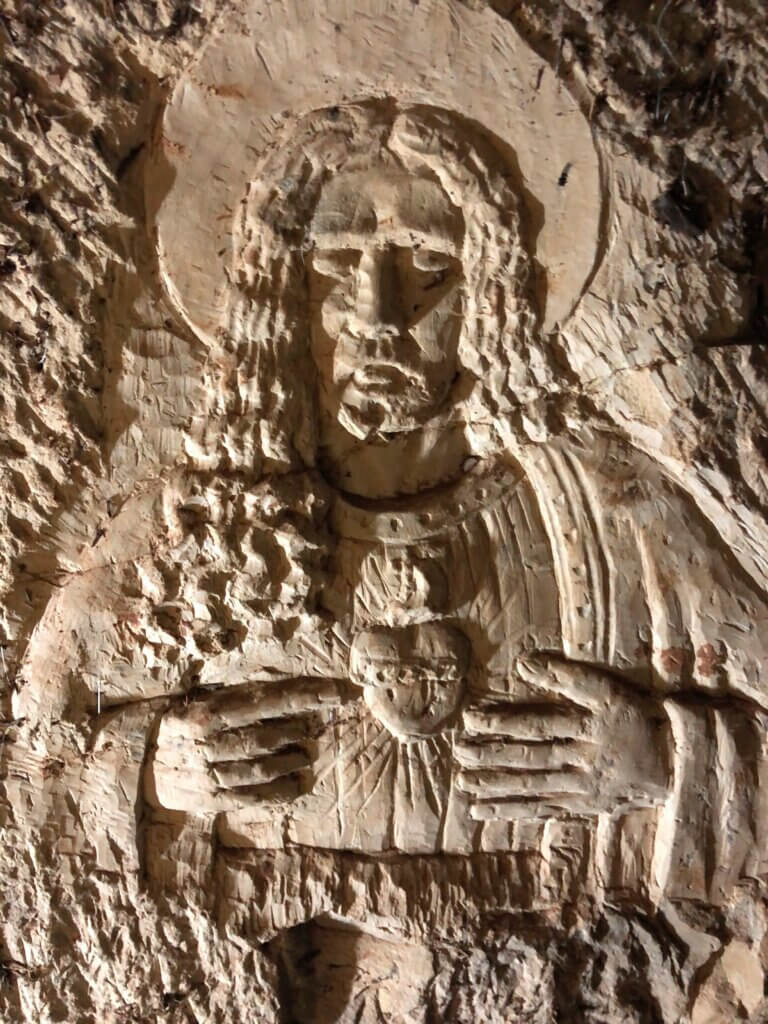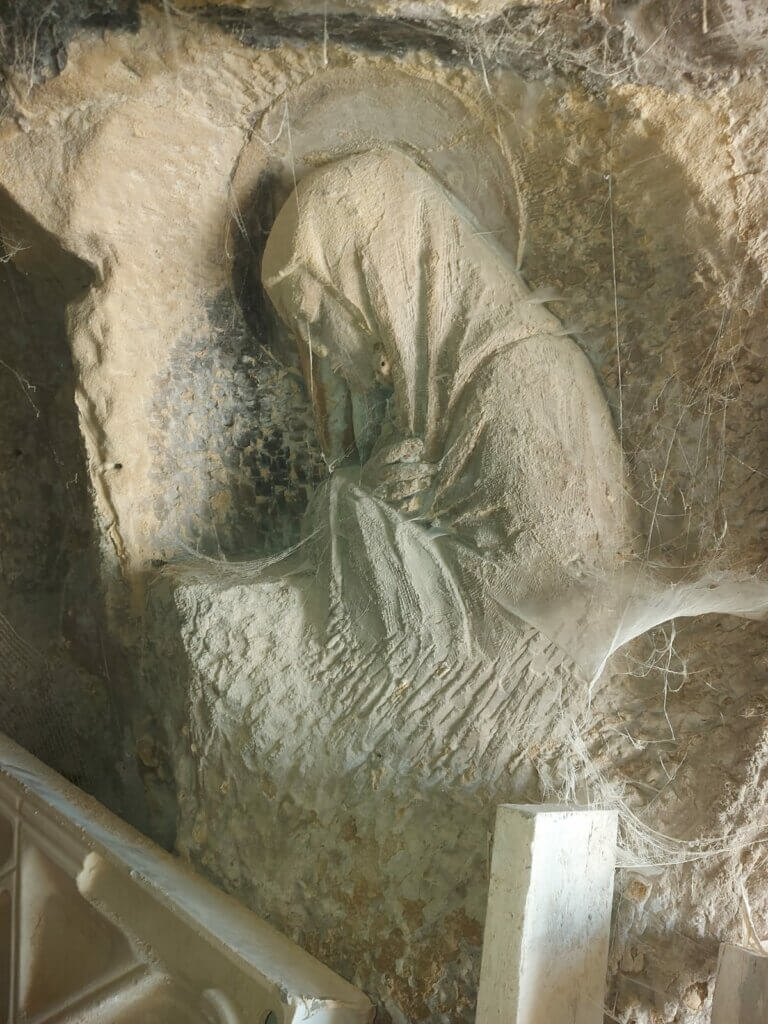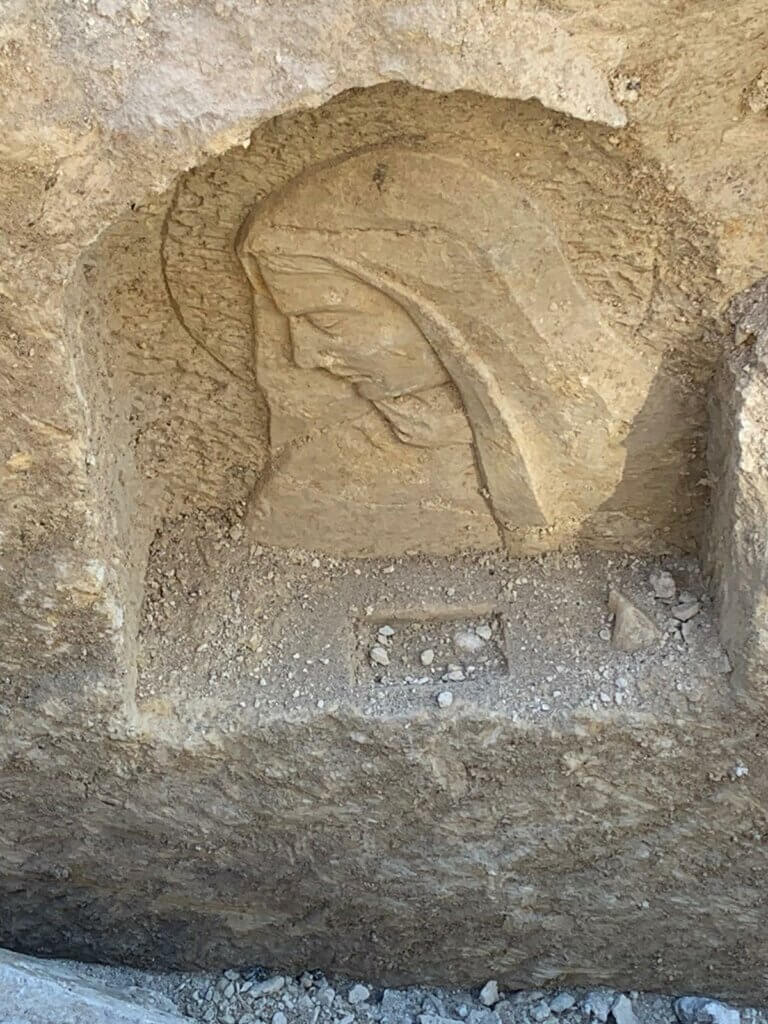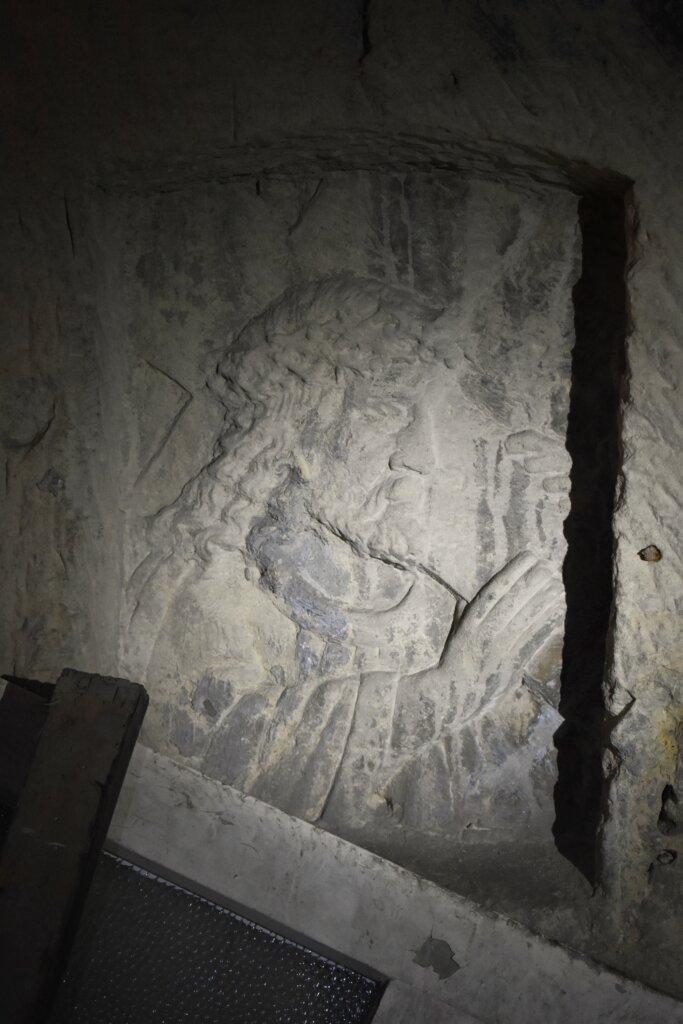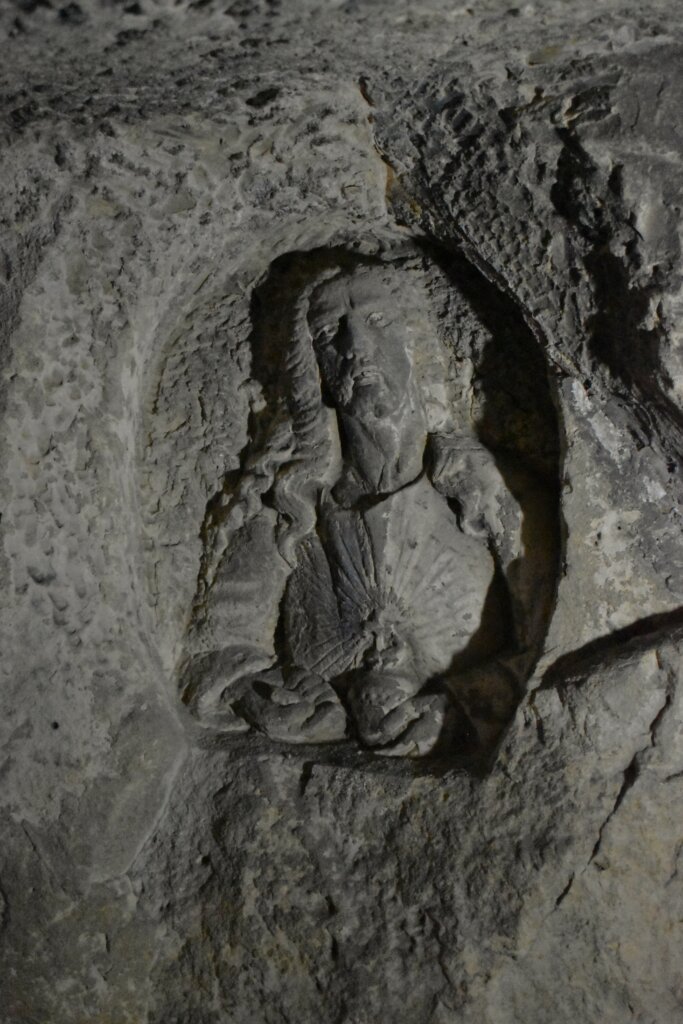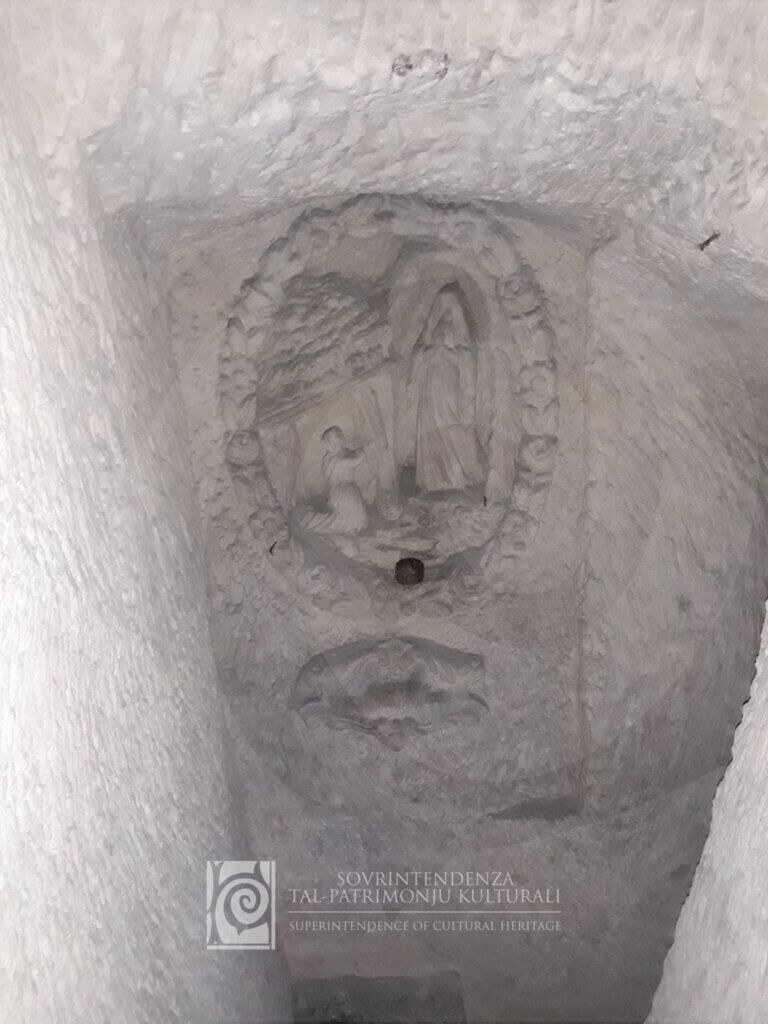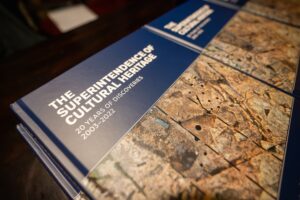
7 Shelters and 3 Semaphore Towers Added to the National Inventory of Cultural Heritage
The Superintendence of Cultural Heritage has just announced the addition of 7 shelters and 3 Semaphore towers to the National Inventory of the Cultural Property of the Maltese Islands.
Air-raid shelters are cultural heritage features and should be protected in keeping with the Cultural Heritage Act 2002 (CAP 445), as amended. However, these WWII shelters have been found to contain religious iconographic reliefs on the interior rock-face, enhancing their inherent cultural heritage value and warranting formal recognition in the Inventory.
There is no documentation that confirms the identity of the artist behind these evocative reliefs, except for one shelter at Triq l-Imriġġ, attributed to local sculptor Alfred (Fredu) Azzopardi. Azzopardi enjoyed a reputation as an interior decorator and carried out work in stone for several churches before the Government of Malta commissioned him to sculpt religious images in a number of shelters. Nevertheless, none of these works are signed by the artist and no documentation pertaining to the remaining six shelters exists.
On the other hand, there are only three Semaphore towers in Malta, purposefully built to serve as communication tools during the British colonial era, and thereby added to the Inventory collectively. These towers served as vital links in a semaphore telegraph network that facilitated rapid long-distance communication across Malta and Gozo. Positioned strategically in the localities of Ħal Għaxaq, Ħal Għargħur, and in-Nadur, they ensured comprehensive coverage across the islands, facilitating efficient transmission of information.
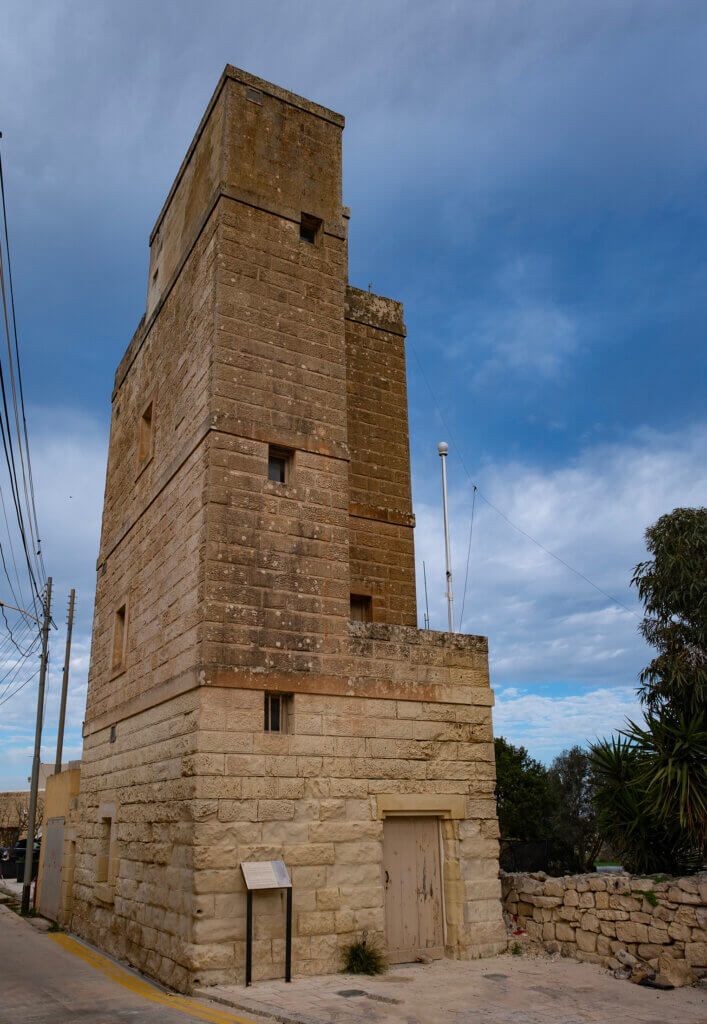
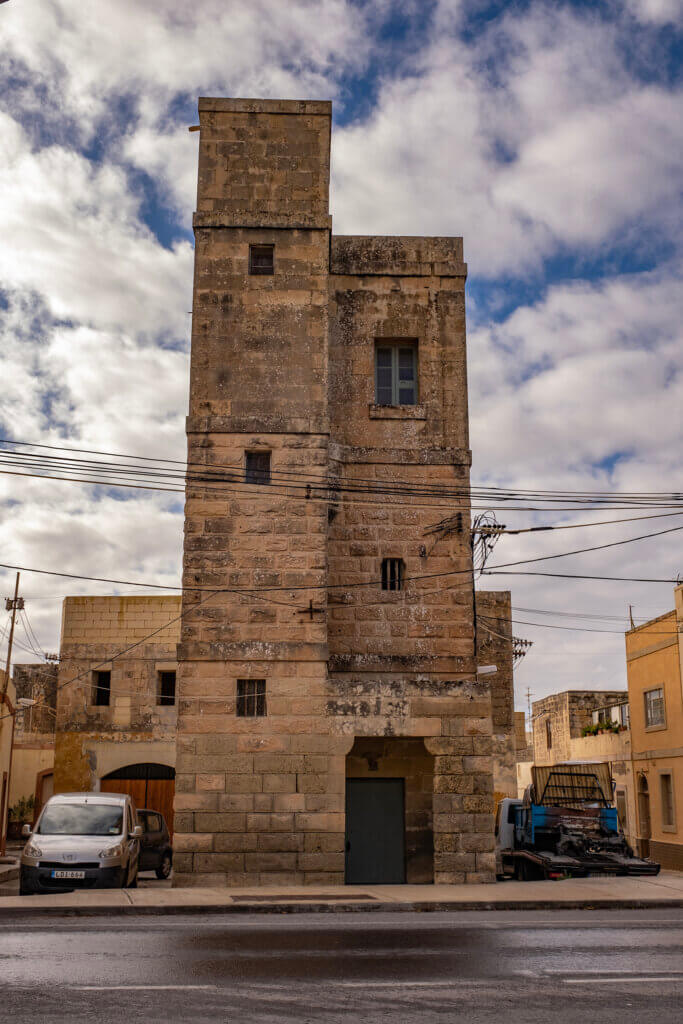
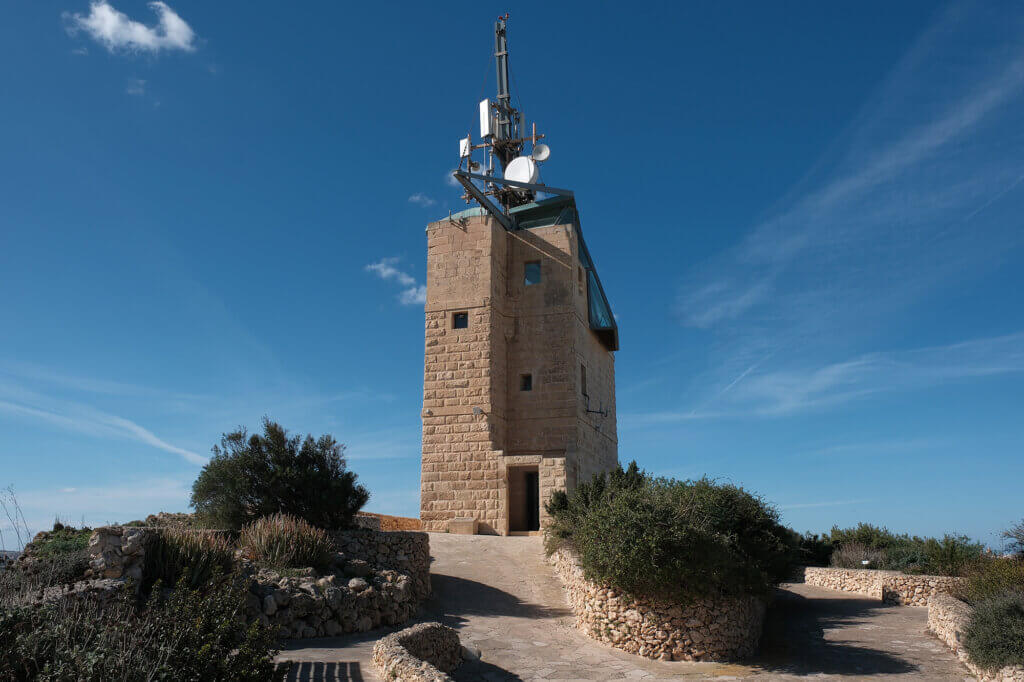
The Superintendence encourages the public to visit the GIS Interface on our website, which not only serves as a portal of information for all sites located in the National Inventory, but can also easily highlight the latest additions when selecting “Latest Entries” on the lefthand navigator.
As outlined in Article 59(1) and Article 70, it is imperative to note that any development or intervention on these properties requires prior approval from the Superintendent. Furthermore, causing damage to any of the properties included in the Inventory, even if privately owned, is strictly prohibited and constitutes an offense punishable by law.
The National Inventory is a cultural heritage register curated and compiled by the Superintendence as one of its functions established by the Cultural Heritage Act (CAP 445).
The full list of properties recently added to the Inventory can be found on Government Gazzette No. 21,189, dated 06, February, 2024 (G.N. 182).

